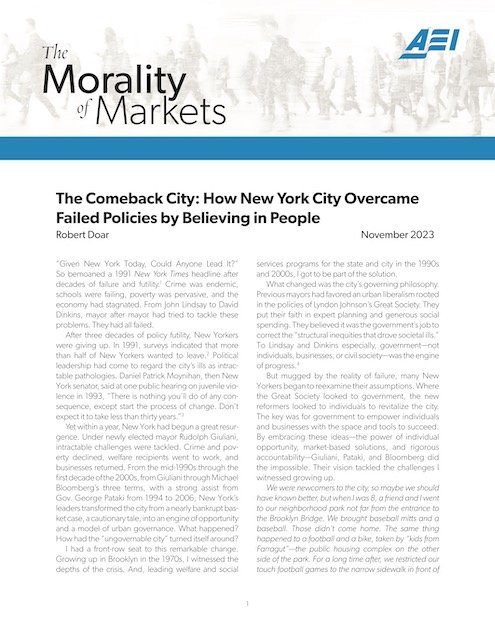Edited by Korel Goymen and Robin Lewis
Public policy is a contested sphere. From politics to civil society, bureaucracy to academia, many professions have staked a claim in it since the latter half of the 20th century. For most of our known history, government was the sole proprietor of public policy. Until the civil rights movements that rattled the world in the 1960s, very little outside influence played a role in government’s policies on the greater good of the public. The few nongovernmental organizations that had succeeded in affecting public policy in the first half of the 20th century were professional lobby groups, cartels, or unions. These organizations were mostly confined to the Western world and could be counted on one hand. In fact, since these institutions were formed to look after the interests of particular groups, their impact on public policymaking was dubious at best.
However, the tumultuous 60s brought the curtain down on the post-war stability of the 1950s, and with that the invisible barrier between the public and government cracked. With the breakout of the Vietnam War, the civil rights movements, the fight for gender equality and women’s suffrage, the OPEC crisis and global economic volatility, people all over the world mobilized and staked their claim on policymaking in various shapes and forms. Some used mass protests, some organized around public advocacy groups, and a few built professional public policy research institutes. Especially from the mid-60s to the mid-80s, advocacy groups funded and initiated by the public, monitoring agencies, and think tanks mushroomed in North America and Western Europe. This epoch also corresponded to the increased access granted to public advocates, civil rights representatives and attorneys, as well as outside policy experts by governments mostly in the aforementioned territories.
By the turn of the last millennium, public policy was no longer confined to the realm of civil society; it had evolved far beyond the perception of a ragtag, concerned citizens’ movement, which would assemble in world capitals whenever the interests of their constituencies were threatened or ignored. On the contrary, they had become much more institutionalized. Many had opened permanent representations in power capitals such as Washington, New York, London, Berlin, Brussels, and even in Ankara and Istanbul toward the end of the millennium. More importantly, they constructed their policy advocacy on sound academic research and legal bases and often confronted governments with irrefutable, fact-based, powerful alternative policy options.
With the advent of globalization around this time, two important occurrences changed public policymaking once and for all. First, governance as a concept has become more fragmented. The international and local levels of governance for the first time came to the limelight as actors to be reckoned with. On certain occasions, central governments were bypassed; local and international governmental actors were able to engage one another freely. Second, the concept of “public” left the national confines and assumed a more global definition that rallied concerned citizens of different states around common global causes. With the coming of the EU as a supranational entity and its power over national competences, the influence of the UN programs on regimes in non-Western part of the world, and the increasing number of multinational corporations, multilateral agreements as well as free trade zones turned policymaking into a more sophisticated endeavor. This development eventually tampered with the traditional definition of policymaking, as well as the fundamental principles, depth, and breadth of governance.
Therefore, there has been a general shift in the understanding of public policymaking in recent years. The changing tenets of public policy also renders academics, policy specialists, and decision-makers more flexibility in determining the actors, instruments, and influence of public policymaking. The current sophistication of this concept requires thinking about government beyond its primary characteristics as an administration to decide on and look after the best interests of the public. For most academicians, policymaking has evolved to a different level now, and interregional relations has an important impact on this change.
Friedrich Naumann Foundation for Freedom (FNF)





















